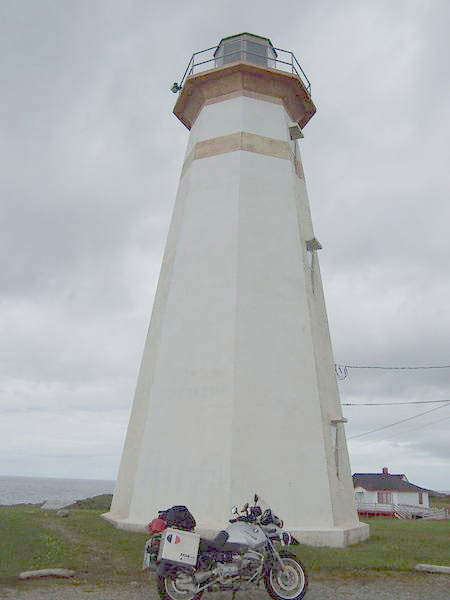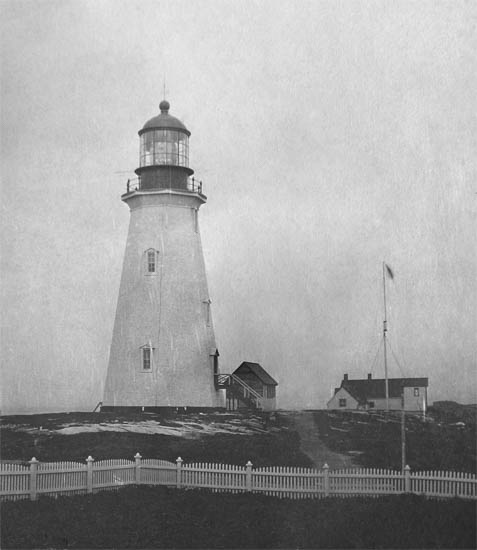
Off the beaten path but definitely worth a visit is the Cape Ray Lighthouse, Newfoundland. Unnamed Road is Cape Ray’s address in Newfoundland, but it is located off Highway 408.
The free-standing, tapered, reinforced-concrete Cape Ray heritage lighthouse has an aluminium and glass lantern atop its free-standing, octagonal tower. The lighthouse directs international and coastal shipping vessels navigating the Cabot Strait, where the Atlantic Ocean meets the Gulf of St. Lawrence, near the small fishing community of the same name, in a remote area on the southwest coast of Newfoundland.
The lighthouse serves as an example of how Canada’s aids to navigation system expanded in the 19th and 20th centuries in response to an increase in marine shipping. Before Confederation, Canada made several attempts to have a lighthouse built at this location before finally succeeding in 1871. In order to build a lighthouse on Cape Ray, Canada was given free land by Newfoundland. However, because the location was still considered to be a part of the French Shore, “Her Majesty’s Imperial Government” had to approve the project as well. By the end of 1870, the tower was completed, the lighthouse was prepared to receive its lantern and lighting equipment. The first lighthouse at Cape Ray was a hexagonal wooden tower that stood 41 feet tall. A rotating catoptric apparatus made of 12 lamps and reflectors produced the lighthouse’s signature white flash every ten seconds. The lighthouse cost a total of $11,347.76 to build, and Robert Rennie was hired as its first keeper at an yearly salary of $600.00 on July 13, 1871.
In 1885, a fire destroyed the original lighthouse, and in 1959, a fire damaged the replacement.
After Newfoundland joined Confederation in 1949, Canada pledged support for the island’s aids to navigation program, which is reflected in the 1960 completion of the current lighthouse.
The light station was constructed to aid in Canada’s greater navigational needs, but over time it also helped to sustain the small community that gradually grew at Cape Ray, particularly for the cod, herring, and salmon fishermen who used the light as they entered the harbour. Additionally, the lighthouse’s location has been important to Newfoundland and Labrador’s communications since 1856, earning the province’s designation as a “Receiving the World Communications” site.
The lighthouse, which is manned, is a well-known and adored landmark in the neighbourhood. The site has seen an increase in visitors in recent years as a result of the community’s conversion of the former keeper’s residence into a museum and interpretation centre and the large shed into a craft shop. Additionally, the lighthouse serves as a reminder of Cape Ray’s past as a fishing village and its significance to marine traffic.
Cape Ray’s lighthouse is protected by the “Heritage Lighthouse Protection Act”.






